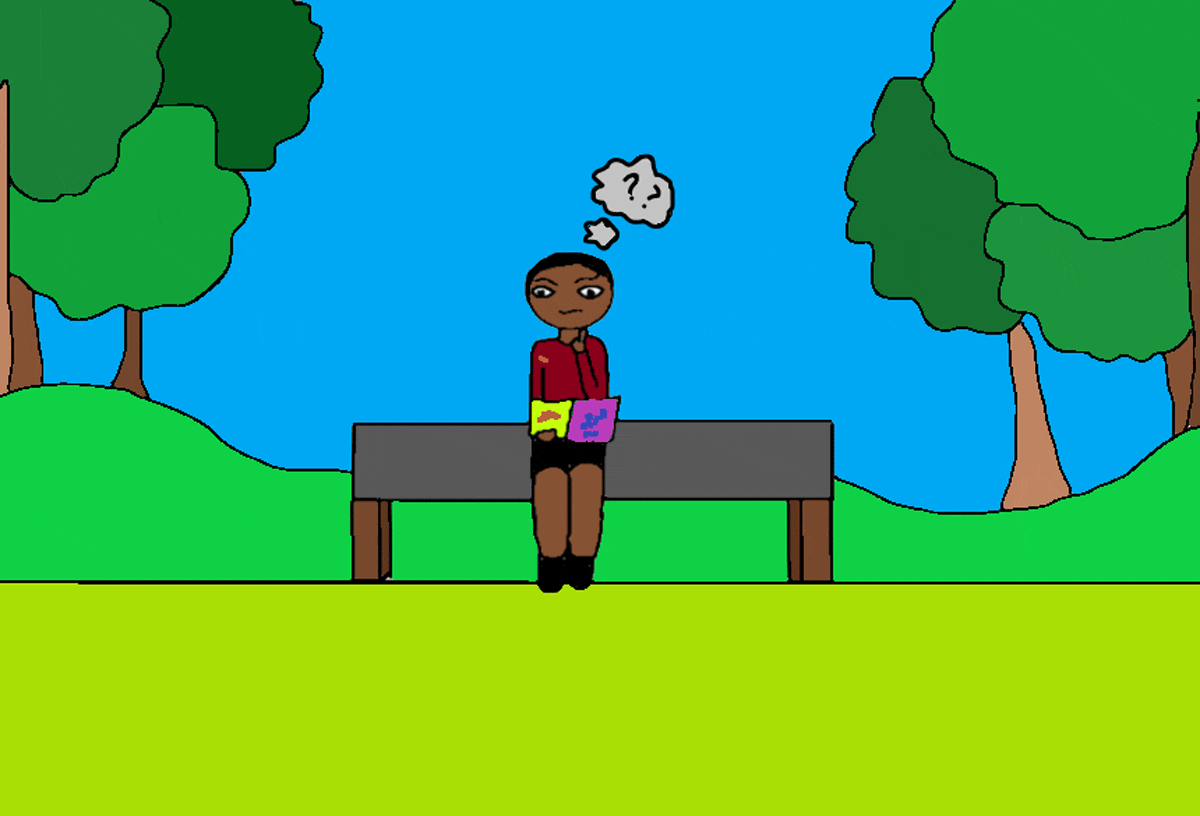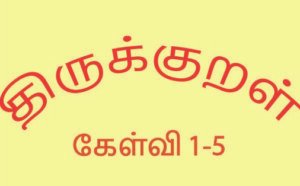Today is the final episode of our very first series ‘How young Children learn to read.’ In this episode, parents will find tips to foster reading comprehension at home. Mind you, this is not the end of our podcasts on reading. We will continue to discuss various topics related to children’s education. If you liked this series, Subscribe to our podcasts, and our new episodes will be delivered directly to you.
Reading Comprehension at Home
Fostering reading comprehension at home doesn’t involve extensive or expensive online training, elaborate materials, or planning. What is the most common strategy we parents use to know if their child has understood a story or reading passage? We ask questions after they finish reading. Right?
The key is to ask open-ended questions at different stages of reading—before, during, and after reading.
Before reading:
Look at the cover of the book, read the title, and ask, “What do you think this story is about?” This question gets your child thinking about what will happen in the story even before you read it.
Reading comprehension occurs when the reader connects new information to what they already know. If you listened to our previous episodes, you’re aware that what children already know is background knowledge or prior knowledge in ‘teacher speak.’ Prior knowledge provides children the basis for understanding what they read. That question you ask, “What do you think this story is about?” does three things:
- It triggers the reader’s background knowledge,
- It Links their background knowledge to the title and the illustrations and
- It prompts them to predict what will happen in the book.
What is the big deal about getting children to think about what is going to happen? It prepares children to look for specific information in the book.
During Reading:
Children must learn to monitor their comprehension while they read. The other day, a friend who was learning Hindi said, “I saw a man with a long beard come out of a shop. I looked up, and the sign said, “Hairy Farm.’ My first thought was, “What a funny name for a hair salon!” Then I had a doubt, and I looked again. It was actually ‘Dairy Farm!’ I read it wrong but got confused because I saw the man with a long beard come out of that shop.”
What happened here? She read the sign; it sort of made sense because of the man with a long beard, and then she checked her comprehension. “Wait! That doesn’t make sense. Let me read it again.” And that’s when she noticed that she had misread the name. This is what I mean when I say that children must learn to check their understanding as they read. To develop reading comprehension, parents can ask open-ended questions.
- What is happening in the book? What do you think will happen next? These questions draw your child’s attention to the events and the order in which they occur.
- Where is this happening? Why are the people dressed like that? These questions encourage your child to think about the story’s setting or the period when the events happened.
- What do you know about the girl in the story (or any other character)? Why do you think she did that? When children recognize essential details about the characters, their relationships, motives, and actions, they develop an insight into how the characters solve the problem in the story.
- Why do you think this happened? Why was he sad? These questions encourage the reader to identify cause-and-effect relationships in the story.
- Has something like this ever happened to you? What would you do if you were in her place? What is the same in your life? These questions connect events in the story to the readers’ lives and helps them develop an understanding of their own lives.
After Reading:
Once you finish reading, ask questions to check if the child has understood the story.
- “You know, when we read the title, you thought the book was going to be about… Was it the same, or was it different?“
- “What if the story was written by the wicked stepmother or any other different character?” Children learn that the perspectives of the other characters in the book can be different.
- “Did you like it? Why did you like it? What is your favourite part and Why?” These questions help the child gather details to summarize the story.
Just remember, you don’t have to ask all these questions the first time you read a book. If we stop too often to ask questions, the flow of reading or continuity will be interrupted. That can make reading less enjoyable and impact reading comprehension. One way to target all these areas is to reread a book several times. Not only will it increase the children’s reading fluency, but they will also gain new information with each reading.
As you can see, asking the right question helps children think critically about the story and increases their reading comprehension. Keep it fun. Don’t give them worksheets!
This is the end of the series “How young children learn to read.” We hope that this series is a good resource for you. Is this all there is to reading comprehension? Certainly not! We will have more podcast series addressing other aspects of reading and comprehension in the future.
Click here to learn more:
Click here for other episodes in this series:
The Five Elements of Learning to Read
Phonemic Awareness before Phonics
That Magical Skill Called Phonics
How Does Fluency Help Comprehension





